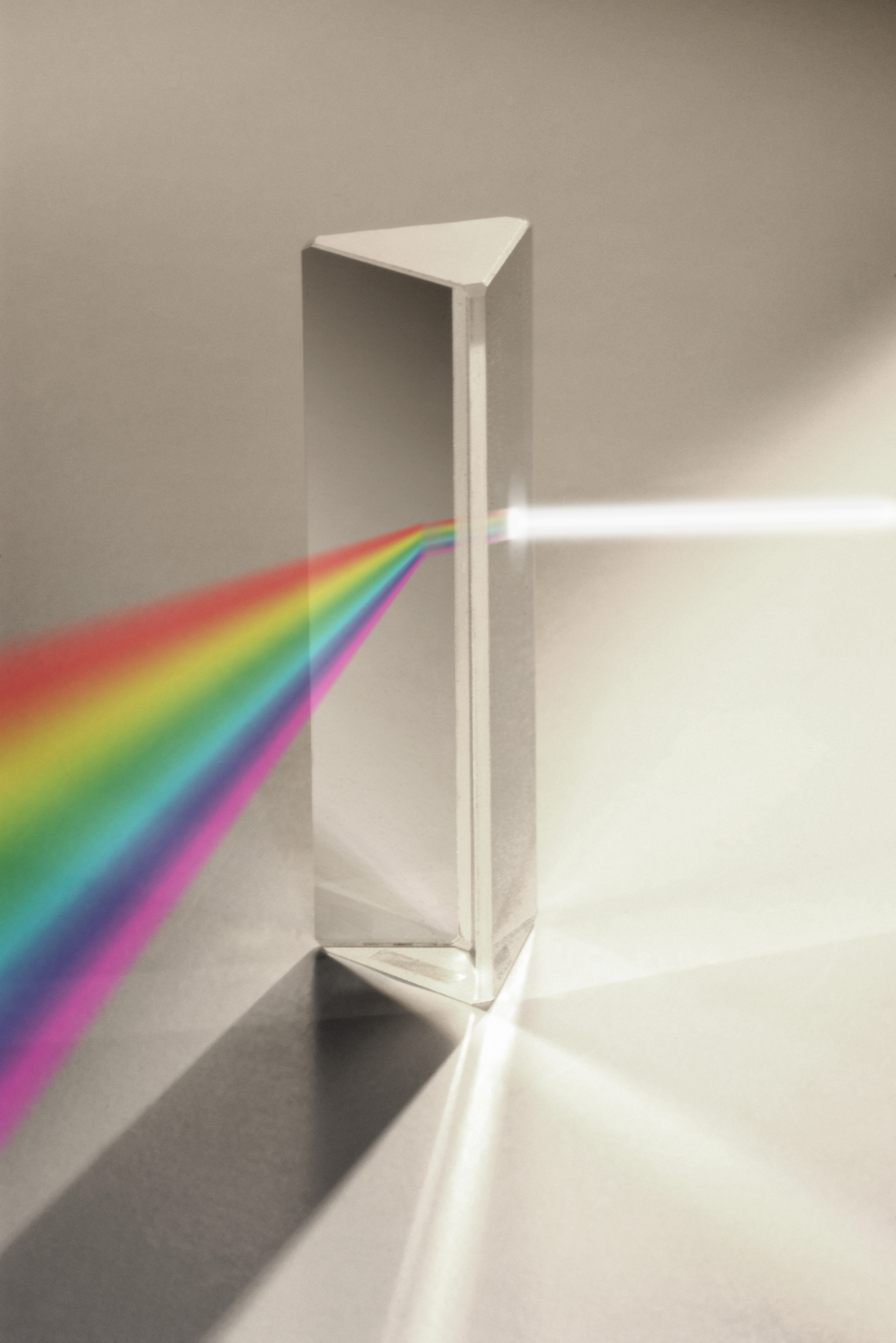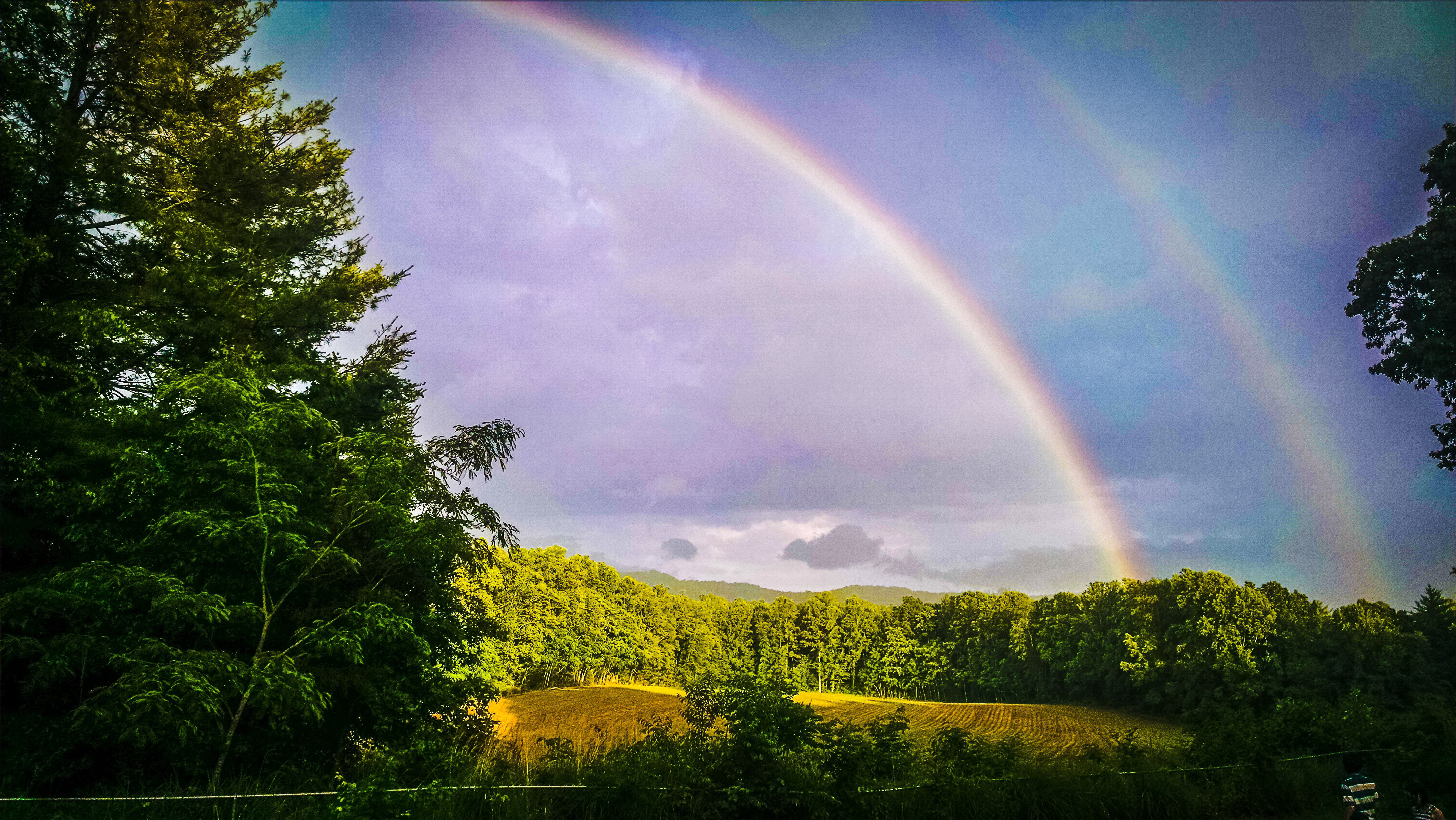Share




There is nothing like looking up to the sky and seeing a rainbow to put a smile on your face. They are a beautiful natural occurrence, a perfectly formed arch made of colors. As they appear after rain, they infuse onlookers with a sense of not only joy, but of hope as well. So how does this phenomenon take place?
We all remember the physics lessons about prisms and how light is affected when it travels through it. White light is made up of different colors, each traveling at a different wavelength; however, we do not see the different colors unless the light travels through a medium. When light travels from one medium to another, it refracts, meaning it changes its direction, bend and propagation. Therefore, depending on the wavelength its refraction angle varies, and we see light as a white color entering the prism, and emerging as seven colors from the other side of the prism.

A similar action occurs when light travels through rain drops. Even though rain drops are different from glass prisms, they have a similar effect on travelling sunlight. For light to break out into its different colors that forms it, a change in medium has to occur; therefore when it rains, light travels through air to travelling through water droplets. This forces the different colors in the light to react differently, each refracting and dispersing at a different speed and angle, forming the seven colors in rainbows: red, orange, yellow, green, blue, indigo and violet. The light once refracted within the water droplet, is then reflected at the other surface of the droplet, and then dispersed.
To witness a rainbow, the Sun has to be behind you, and the light has to travel through raindrops in order to form the famous colorful arch. However, if it were not for the ground a rainbow would actually form as a circle. The rainbow is visible at an angle of around 40̊ to 42 degrees from the horizon.
However, you do not have to wait for it to rain to see a rainbow, sometimes we see rainbows in the most surprising place. For example, if someone is watering plants in a garden, and the water is being sprinkled, one can sometimes see a mini-rainbow. They are also quite common at the base of waterfalls, since the mist due to the falling water creates the perfect conditions for the formation of a rainbow.
There are also double rainbows as in the picture below:

Interested to see how they are formed? How about taking a look at the following video:
Also, check out this video explaining how rainbows are formed:
Reference
physicsclassroom.com